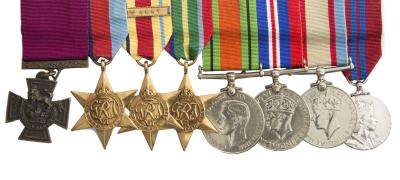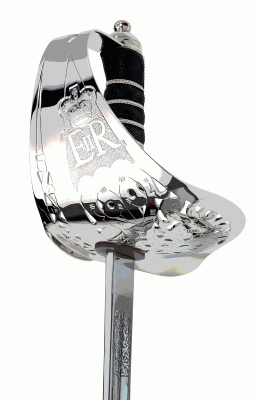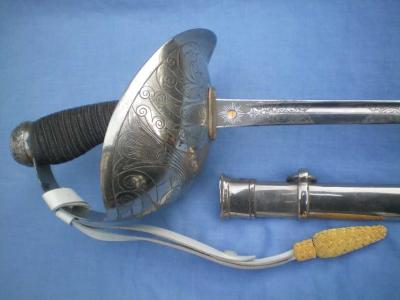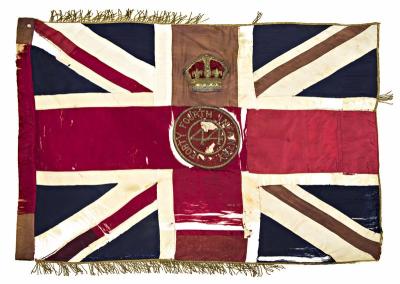Victoria Cross - Sergeant Martin O'Meara VC, Pozieres France, 9-12 August 1916
The Victoria Cross is the highest award for acts of bravery in wartime. It was instituted in 1856 by Queen Victoria and made retrospective to 1854 to cover the period of the Crimean War. It is possible for any serving member of the armed forces to obtain this award.
The decoration is a bronze cross pattée, 41 mm high, 36 mm wide, bearing the crown of Saint Edward surmounted by a lion, and the inscription "for valour" . The decoration, suspension bar, and link weigh about 27 grams. The cross is suspended by a ring from a seriffed "V" to a bar ornamented with laurel leaves, through which the ribbon passes
The ribbon is crimson, 38 mm wide. Although the army warrants state the colour as being red, it is defined by most commentators as being crimson or "wine-red".
Martin O’Meara was born in the parish of Lorrha, Tipperary, Ireland, on 6 November 1885. After immigrating to Western Australia as a youth, O’Meara worked as a railway sleeper cutter. O’Meara joined the Australian Imperial Force (AIF) on 19 August 1915, leaving Australia in December 1915 to join the 16th Battalion. After joining the 16th Battalion in Egypt for training, the Battalion was transferred to the Western Front. O’Meara was awarded the Victoria Cross (VC) for his actions between 9–12 August 1916 during the Battle of Pozieres.
O’Meara’s VC citation reads:
For most conspicuous bravery. During four days of very heavy fighting he repeatedly went out and brought in wounded officers and men from "No Man's Land" under intense artillery and machine gun fire. He also volunteered and carried up ammunition and bombs through a heavy barrage to a portion of the trenches, which was being heavily shelled at the time. He showed throughout an utter contempt of danger, and undoubtedly saved many lives.'
Shortly after O’Meara’s return to Australia in 1918, he suffered a mental breakdown and was admitted to hospital. He remained in institutional care until his death in 1935.
Details
Details
. The reverse of the suspension bar is engraved with the recipient's name, rank, number and unit. On the reverse of the medal is a circular panel on which the date of the act for which it was awarded is engraved in the centre. Each Victoria Cross is unique in that the medal is cast and hand finished including a secret identifying mark. O’Meara’s medal has a further distinction. Because it was never mounted, it still retains the original presentation clasp which allowed it to be hooked onto his uniform at the time of investiture.
O’Meara left an unusual will, drafted in 1917, which included comprehensive directions for the custody of his VC. O’Meara directed that, should the provisions of his will not be met, the VC should be handed over to the 16th Battalion Association. Since the intended recipient of the VC, a Miss Mary Murphey Dangan, could not be found, the VC was presented to the 16th Battalion Association in 1940. Around 1980, the VC was transferred to the Army Museum of Western Australia, Fremantle, WA, to ensure the medal could be appropriately secured and displayed.
Open in Google Maps
Nearest geotagged records:
- World War 1, Europe, Western Front, France, Pozieres, 1917 (1.44km away)
- World War 1, Europe, France, Pozieres,1918 (1.57km away)
- World War 1 , Europe France Thiepval, DONNELLY, 1960 (1.87km away)
- World War 1, Western Australia, Perth Heritage Week Exhibit, 564 BATEMAN, 28 Battalion AIF (1.88km away)
- World War 1, Europe, France, Pozieres, 8 Battalion,1918 (1.88km away)
Australian Army Museum of Western Australia
Australian Army Museum of Western Australia
Other items from Australian Army Museum of Western Australia
- Victoria Cross - Private Tom Starcevich VC, Beaufort North Borneo, 28 June 1945
- Artwork - Wounded in Action by Michele Eastwood 2015
- Artwork - Trench by Peter Dailey, 2015
- Trophy of Arms
- Propellor Tip Trench Art
- Sword - Artillery Pattern
- Sword - General Officer Mameluke Pattern
- Sword - Infantry Pattern
- Sword - Cavalry Pattern
- World War 2, Australia, Western Australia,SS Vyner Brooke, FARMANER, 1940
- Kings's Colour - 1st Infantry Regiment (WA Volunteers) (1896 Presentation)
- 44th Battalion (The West Australian Rifles) - King's Colour (Initial Presentation 1920)
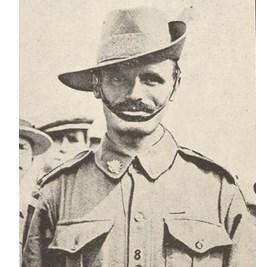
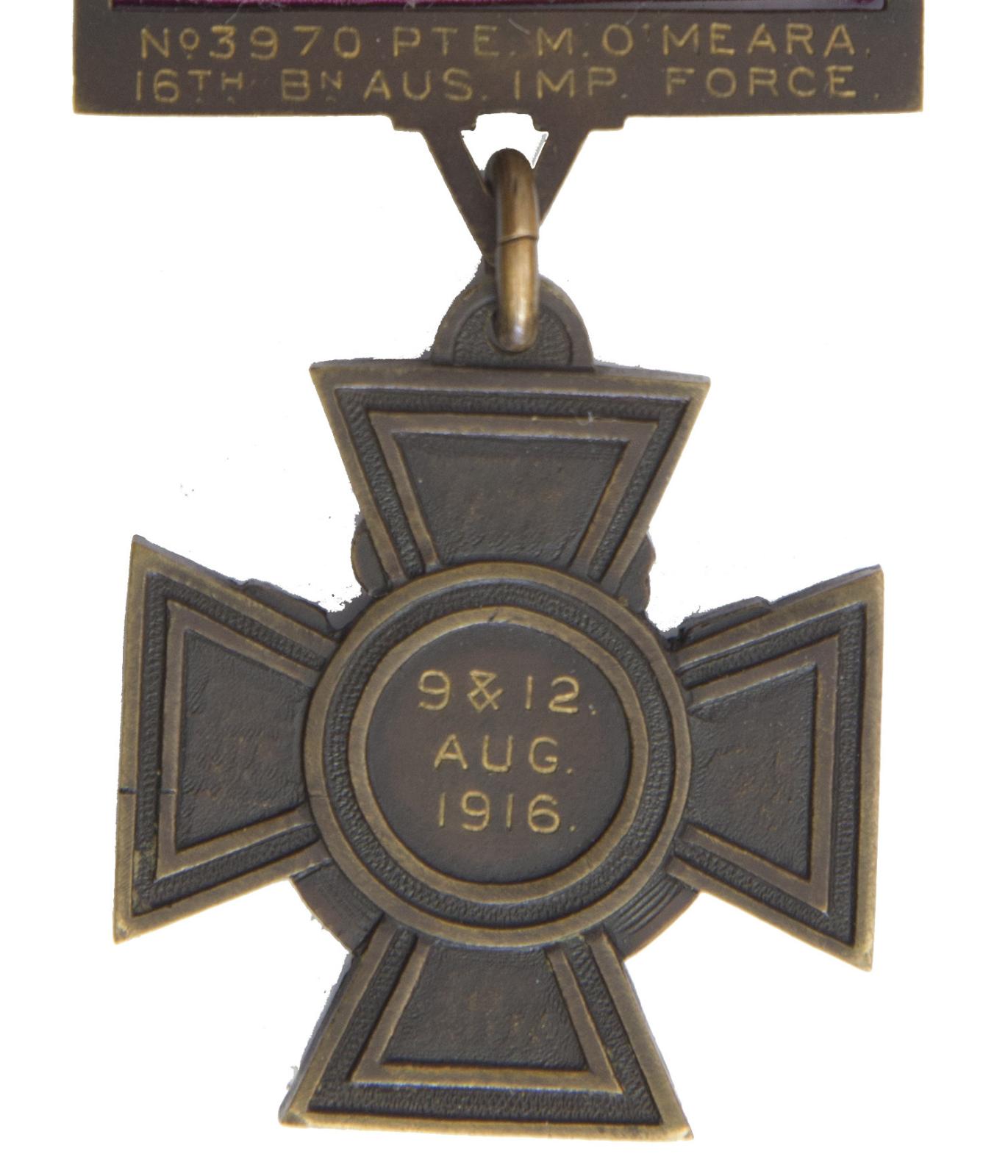
Scan this QR code to open this page on your phone ->

